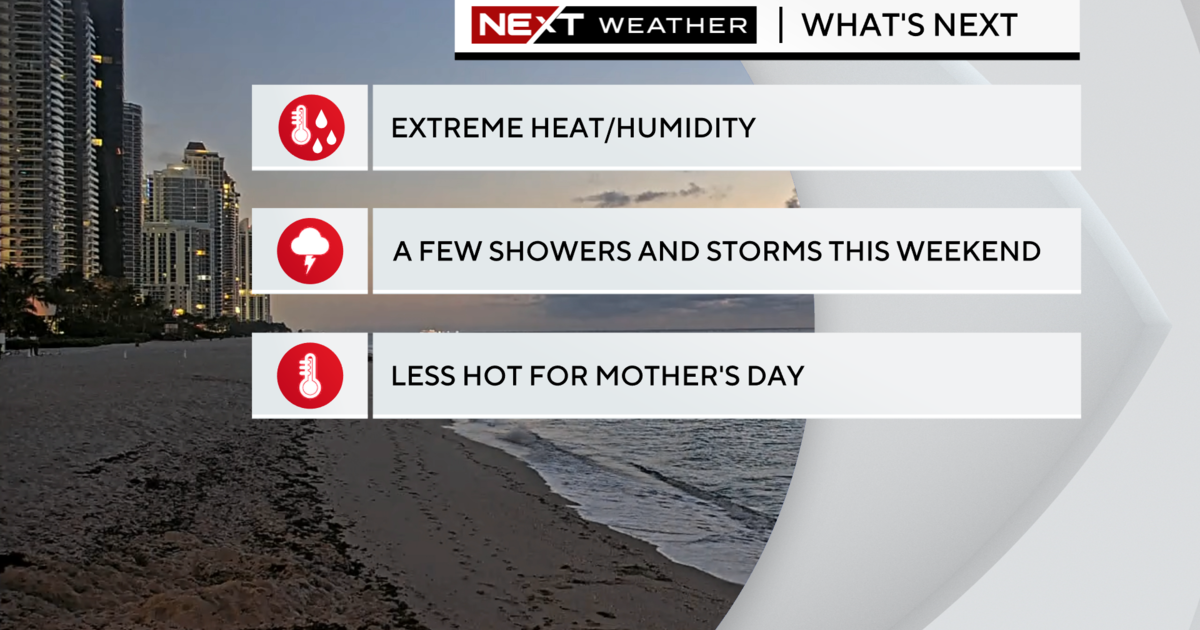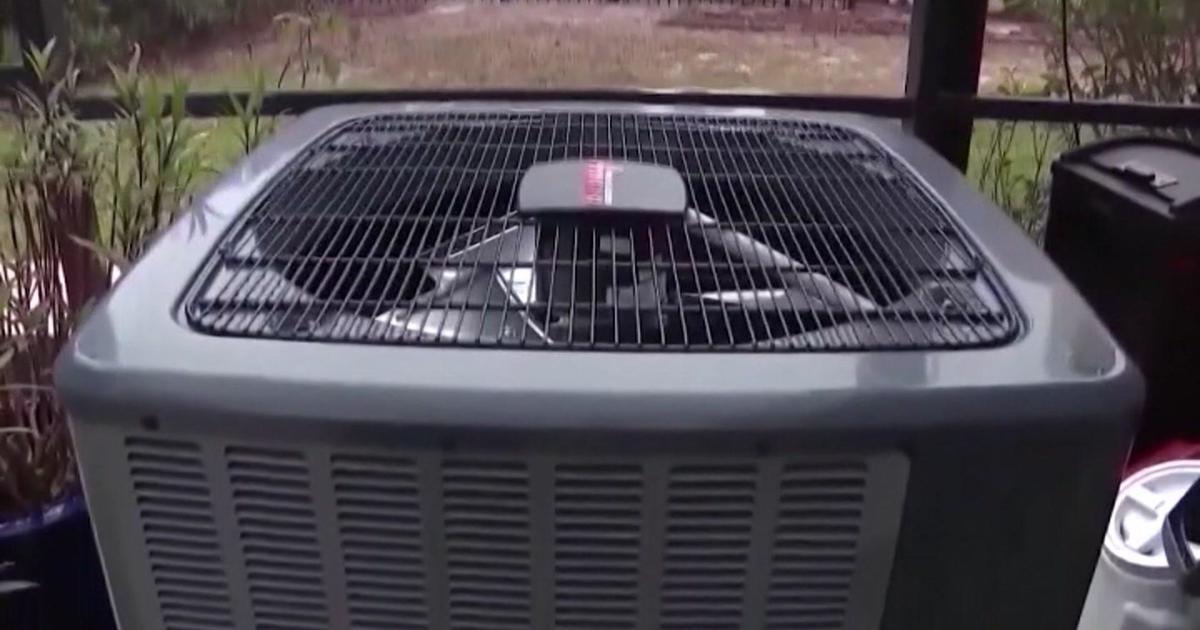Winter Solstice Marks The Shortest Day And Lowest Sun In Our Sky
Miami (CBSMiami) — The first day of winter may not mean much to us here in South Florida. We've already seen a cold front or two, the next hurricane season is still months away, and temperatures still manage to climb above 80 degrees when the sun is shining.
The impacts here are mostly seen at first as the sun's rays start shining a little longer each day. Eventually, the sun "feels" a little stronger as the Sun's angle starts to increase and takes less and less time to give us a sunburn.
The solstice is experienced worldwide. Here in the northern hemisphere, it marks the point when the sun reaches its most southerly point. We will experience our shortest day, the sun comes up at 7:03 AM Tuesday and sets at 5:34 PM. From that day on our daylight time increases all the way to the summer solstice in June. The increase is just a second or two at first, but really picks up speed (or in this case time) closer to the equinox in March.
You can experience the changes around the solstice all around you. Not only will the sunrise occur earlier and set later, but the sun's rays will start to move as well. Any south-facing windows that get hit with sunshine this time of year will start to see less of it over the next few months as the sun appears higher and higher in the sky each day.
There is a lag in how our temperatures react to the change in the season. On Average highs and lows continue to drop a few degrees until they are at their lowest points in mid-January to early February.
Winter officially began Tuesday, December 21 at 10:59 AM EST.



